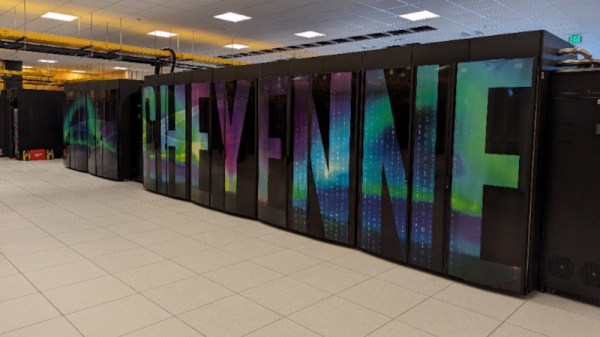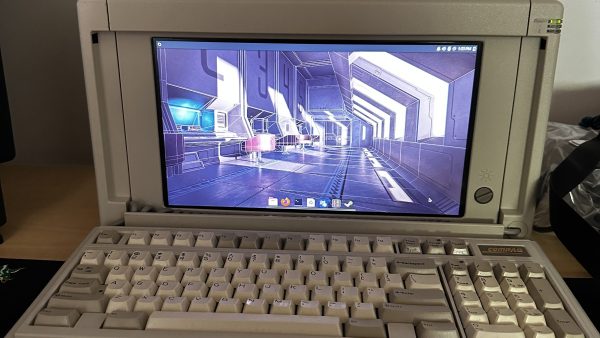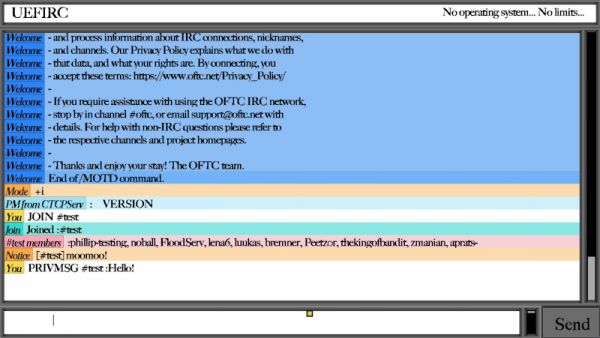If you spend your time plotting evil world domination while stroking your fluffy white cat in your super-villain lair, it’s clear that only the most high-performance in computing is going to help you achieve your dastardly aims. But computers of that scale are expensive, and not even your tame mad scientist can whistle one out of thin air. Never mind though, because if your life lacks a supercomputer, there’s one for sale right now in Wyoming.
The Cheyenne Supercomputer was ranked in the top 20 of global computing power back in 2016, when it was installed to work on atmospheric simulation and earth sciences. There’s a page containing exhaustive specs, but overall we’re talking about a Silicon Graphics ICE XA system with 8,064 processors at 18 cores each for a total of 14,5152 cores, and a not inconsequential 313,344 GB of memory. In terms of software it ran the SuSE Linux Enterprise Server OS, but don’t let that stop you from installing your distro of choice.
It’s now being sold on a government auction site in a decommissioned but able to be reactivated state, and given that it takes up a LOT of space we’re guessing that arranging the trucks to move it will cost more than the computer itself. If you’re interested it’s standing at a shade over $40,000 at the time of writing with its reserve not met, and you have until the 3rd of May to snag it.
It’s clear that the world of supercomputing is a fast-moving one and this computer has been superseded. So whoever buys it won’t be joining the big boys any time soon — even though it remains one heck of a machine by mere mortal standards. We’re curious then who would buy an old supercomputer, if anyone. Would its power consumption for that much computing make it better off as scrap metal, or is there still a place for it somewhere? Ideas? Air them in the comments.


















